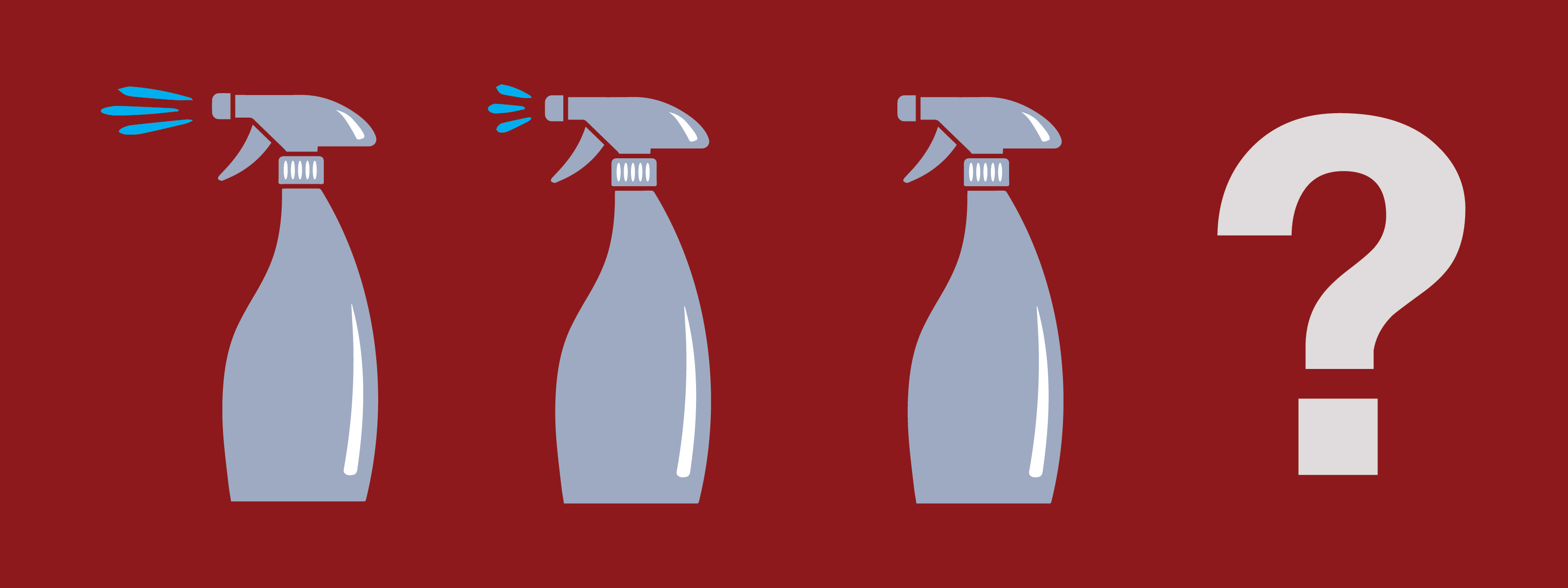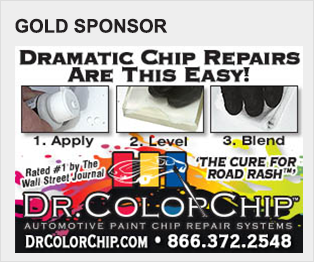The Cost of Counterfeits
Wednesday, April 14, 2021
(0 Comments)
Posted by: Alex Rudie
Written By: Dylan von Kleist, CD-SV, Marketing Manager, RUPES USA
IDA Counterfeit & Patent Infringement Taskforce When most people hear the word counterfeit, they picture mobsters and other unscrupulous characters in a warehouse somewhere making fake money. Maybe your mind goes to a shadowy character in an alley offering to sell you a $100 Rolex watch from under his trench coat or a card table at the local swap meet selling designer purses with logos that are just a little off for a fraction of a price that you’d find them in a store. But that isn’t where counterfeiting stops, and it has a dramatic impact on the detailing industry every day. To understand the impact of counterfeiting we must first understand the nature of it. Counterfeiting isn’t always simply a copy of the original at a lower price. Counterfeits can include products that have unique outward appearances but internally feature patented designs. It can include reverse engineering proprietary chemical formulations or even the repackaging of the original formulation diluted and presented as a unique product. Pads and even towels, where branding doesn’t appear directly on the product, both suffer as well with low-quality copies using the same color or style present themselves as lower-cost alternatives to the original. The fact is counterfeiting, and related activities, encompass a wide variety of intellectual property theft that has become the single largest criminal enterprise in the world. It has become far more complicated and subtly nuanced than simply buying a $150 polisher that the vendor promises is the same as the more recognized brand name version. The sale of products associated with counterfeit and intellectual property theft generated an estimated $1.7 trillion dollars in 2018. It is estimated that it will grow to $2.8 trillion by 2022 with a potential loss of 5.4 million jobs. While detailing business products only comprise a part of that total, it is a growing issue and one that will profoundly impact us at every level going forward. At this point, you might be thinking, “Well, that’s a problem for the manufacturers to fight. I’ve got a business to run and saving money where I can help me.” But, let’s drill down into that thought process a little bit. The cost of research and development is among the highest, if not the highest, any manufacturer faces. Often years of trial and error, testing, instruments for collecting data, salaries for engineers and chemists, designers, subject matter experts, certifications, specialized manufacturing equipment, documentation, and in some cases even patent filings; all these costs stack up to make the process of developing a new product for the market an extremely expensive proposition. This does not even begin to consider the protection of intellectual property once it has been stolen; a process that can suck up hundreds of thousands of dollars and take years of work. The cost of all this is rolled into that manufacturer’s overhead, so every dollar you spend on the original product goes to fund that process and ensures that innovative companies continue to innovate. Ultimately, it is these companies, working in collaboration with their customers to develop solutions is what drives the industry forward with new methods, new technology, and new ideas. All of this ultimately finds its way into the technicians’ hands to make them faster, more efficient, effective, or more profitable. Your money spent with an original manufacturer finds its way back onto your bottom line. In contrast to that, a counterfeiter does not incur most of these expenses. In most cases, they simply purchase the original version, reverse engineer it, create a reasonable likeness and push it into the market. More common now is using private label offerings with respected brands to shield the source of the counterfeit from the consumer. The cost for these knock-off producers is a fraction of the OEM as they have saved virtually all the up-front costs to develop the product and, in most cases, they can also avoid the costs associated with safety certifications, patents, and other overhead the original inventor absorbed. 
So how does this impact you at your shop? It removes the incentive for innovators to innovate. The unfortunate reality is that the act of counterfeit production has become so large and so widespread that new products can be copied in record time. Aided by advances in imaging technology, the time it takes to copy a product has gone from months or years to as little as weeks or days. It has been documented that automotive products shown for the very first time at trade events like SEMA are photographed, sent to counterfeiters, and replicated for sale before the original manufacturer even ships their first unit. With such a threat to the theft of intellectual property and a narrow window for the OEM to recoup their development costs, we are rapidly approaching a situation where it may not make good business sense for some companies to innovate. If companies that have consistently been at the forefront of new ideas that benefit you decide to stop innovating the progress of the industry stops and you, as a technician that stands to benefit from these innovations, lose out in the long run. Consider for a moment that you are the number one detailer in your market. You have spent years developing and refining your skills. You have spent money to travel and train at some of the best facilities in the country. You have attended trade shows to learn about the latest and greatest products to make your business better. You have spent countless dollars and hours purchasing and testing products to find the perfect solutions for your business. All this time invested has positioned you as the top choice for anyone looking to have their car detailed. Suddenly, one day, you notice that a new shop has popped up nearby. You check their website, and they list all the same products you use. You browse their gallery of work and start to notice, the photos are yours, just with some minor photoshop changes made so they appear unique. They name their packages very similar to yours, but for less money. Even their shop name sounds strangely like yours and their logo uses the same colors. You are frustrated, angry, but there isn’t much you can do because all of your customers start to go to this new shop because “it’s almost the same” as yours, but costs less. You stop investing in improving your services for your clients and instead start having to fight purely on price. You don’t have time to attend training, because you have to do increase the number of details just to keep up with your new reduced level of revenue. You stop seeking out new products to improve your process because, frankly, as soon as you validate it the other guy will just use it too. Of course, this is a tactic no one would openly endorse or admit to doing, but many have probably fallen victim to it. The issue of counterfeit and knock-off products is much the same. Months, or even years, of investment, can be wiped away if consumers choose to select the cheaper copy over the original. The next time you make a purchasing decision, consider this scenario. While one purchase may not bankrupt the original manufacturer, it is showing both financial and ethical endorsement of what the counterfeiters stand for. As an industry, we should strive to be better… because we are better. With this article, the IDA is proud to announce the formation of a task force specifically charged with combatting the issue of counterfeit and gray market products within the detailing industry. The task force is comprised of several manufacturers, many of them competitors, who have come together to bring attention to the issue and how it is having both short- and long-term impacts on the detailing industry as a whole. This will be the first in a series of articles, webinars, and other material intended to arm you with the information to make informed decisions about where your hard-earned dollars are spent, and what they go to support. Counterfeiting & Patent Infringement Policy Task Force Members:Robert (Bob) Eichelberg, Lake Country Power Tools
Leviticus (Levi) Gates, CD-SV, RT, The Rag Company
Clint Hintz, CD-SV, RT, Buff and Shine Mfg
Chris Metcalf, CD-SV, Flex North America, Inc.
Bob Myers, CD-SV, MC, RT, PRO Products
Dylan von Kleist, CD-SV, RUPES USA, Inc.
Jay Schneider, Upscale Mobile Detail
|





































